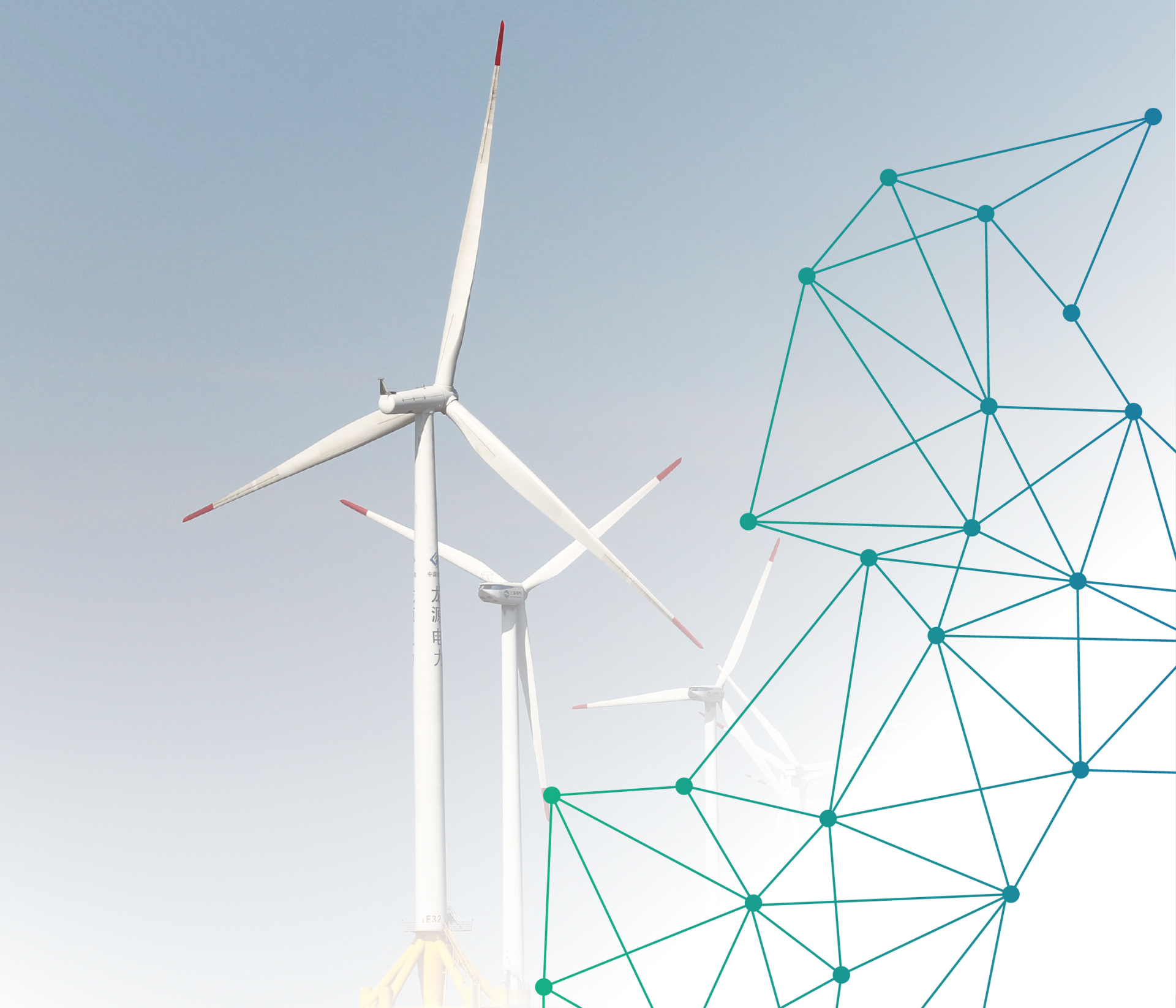No more excuses
Foreword from Chile’s Minister of Energy, Diego Pardow
Last September, when I had been Chile’s Minister of Energy for two weeks, I had to travel to the Los Lagos region in the south of the country. In one of the activities on my schedule, I had the opportunity to meet Rodrigo Castillo, owner of a medical supply company who–thanks to a government program–was able to buy an electric car for his deliveries.
In 2019, Rodrigo faced–like the vast majority of Chileans–a significant rise in the price of fossil fuels. Added to this was an increase in inflation, which caused an overall rise in the cost of living for people.
Today, thanks to electrifying his transport, Rodrigo has managed to reduce his expenses by a third, which has made his company more competitive in his region. He is a concrete example of how the transition–in this case through electromobility–can offer not only cleaner cities and better jobs but also concrete improvements for citizens. That is what a green economy is all about.
In recent years, Chile has made important progress with respect to its transition. The latest achievements have positioned Chile as the best emerging country to invest in renewable energies, added to the high penetration of clean energies in our system, with last year’s milestone standing out that, for the first time, solar and wind overtook coal in electricity generation.
In that respect, 2023 seems promising at a global level, especially thanks to the prediction of this report, which indicates that emissions from the electricity sector could begin to decrease as of this year. But we still have a long journey to travel, with many challenges ahead and with a clear objective: we must act quickly, always putting people at the centre. There are no more excuses.








